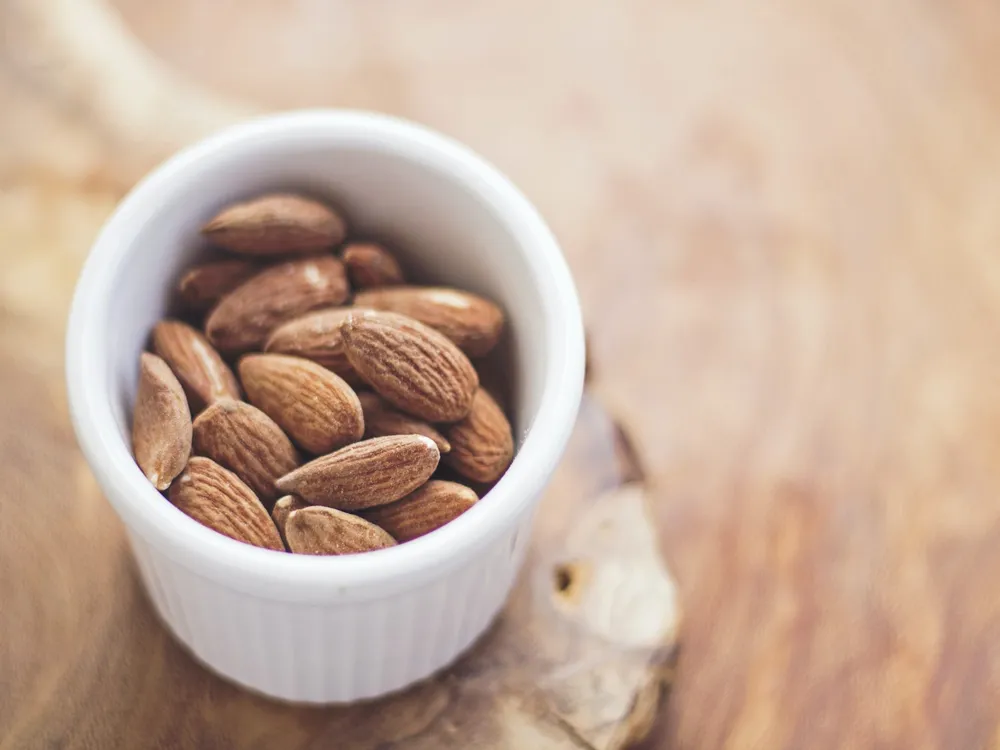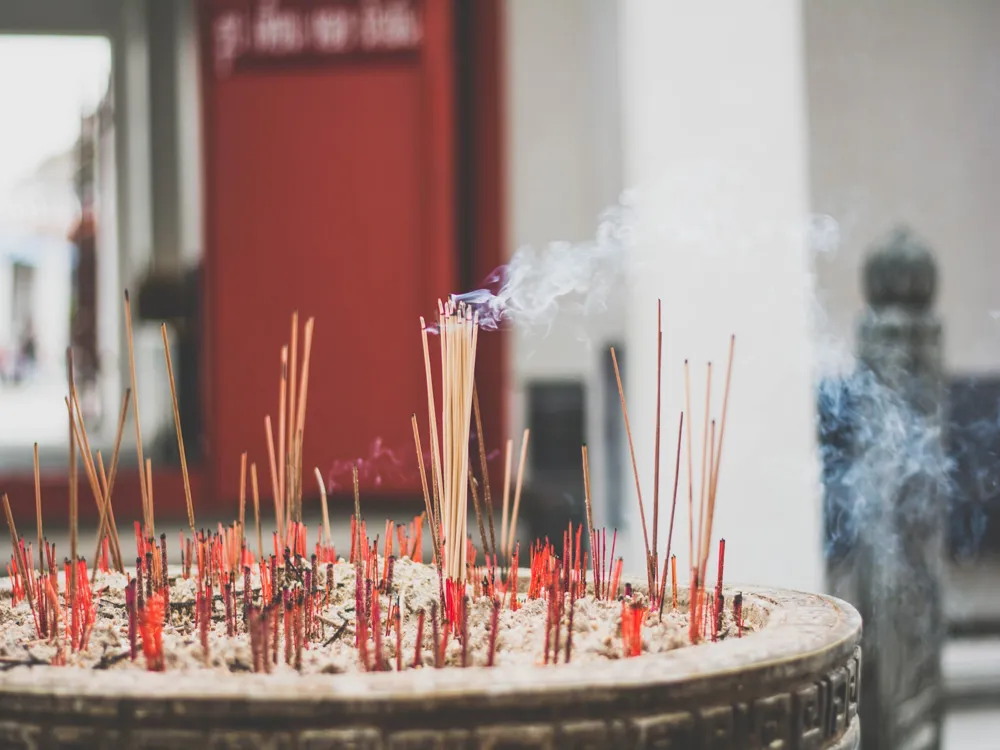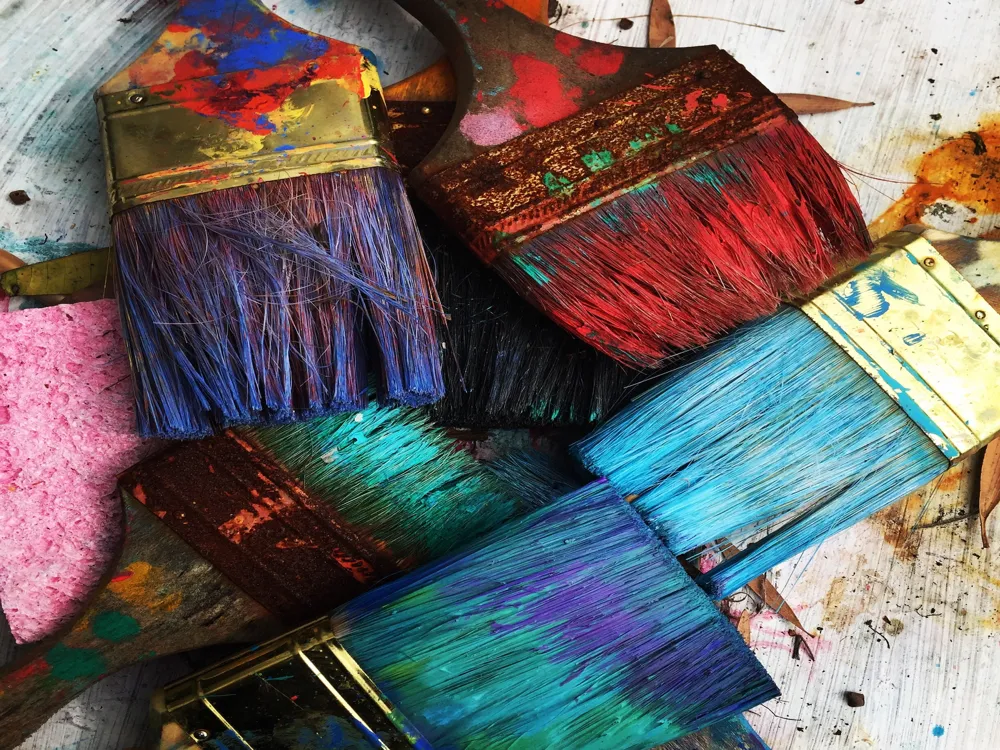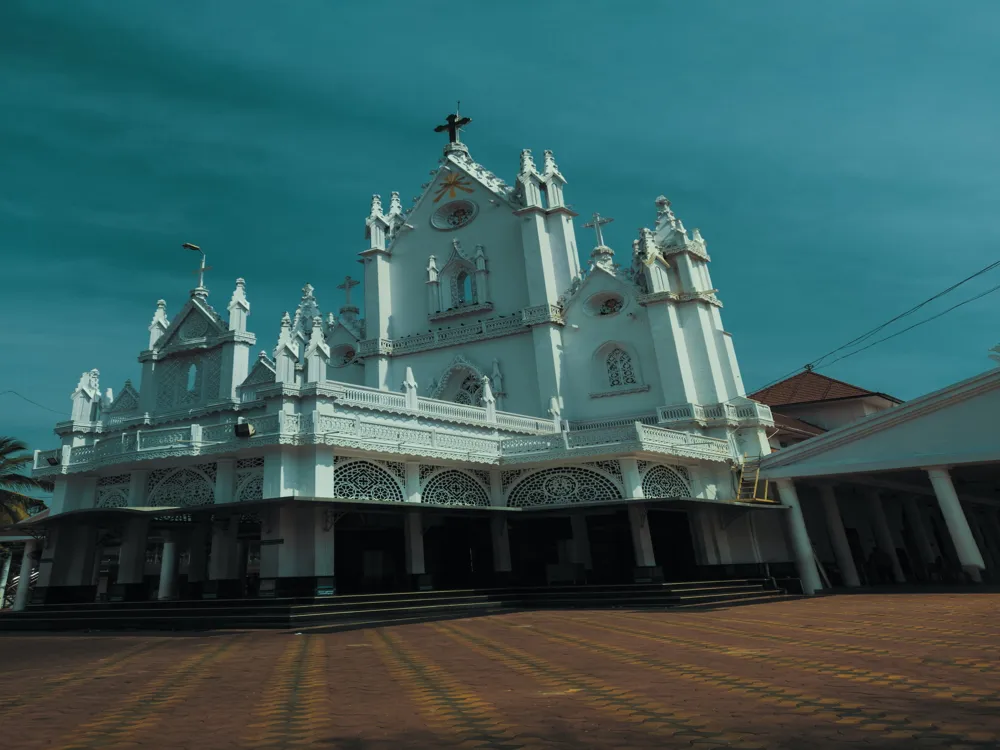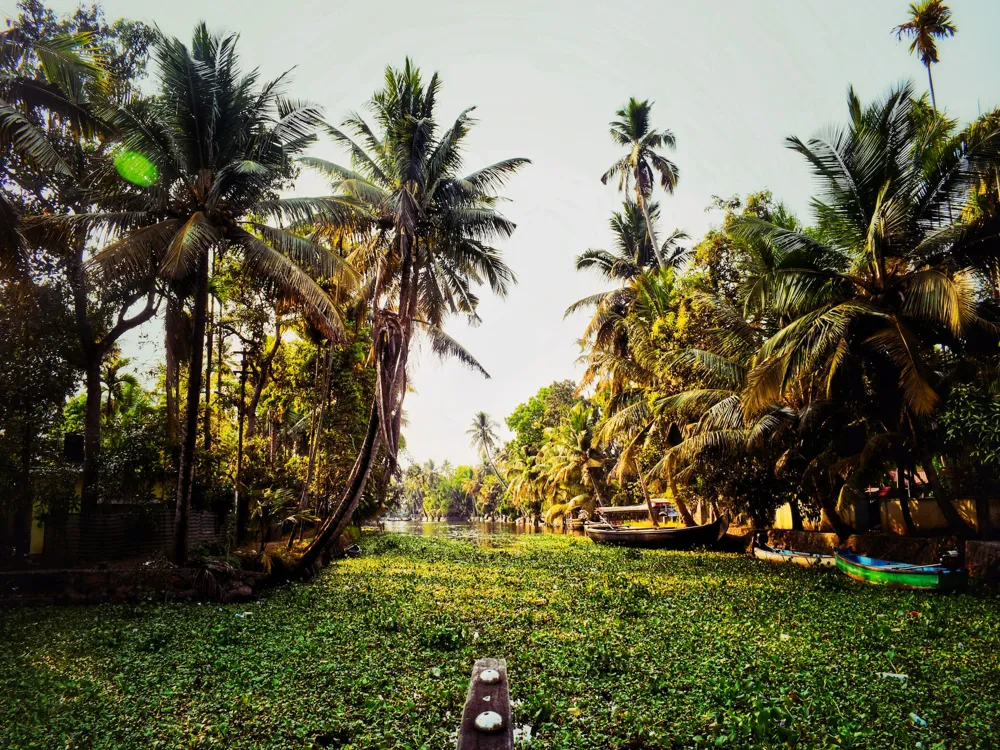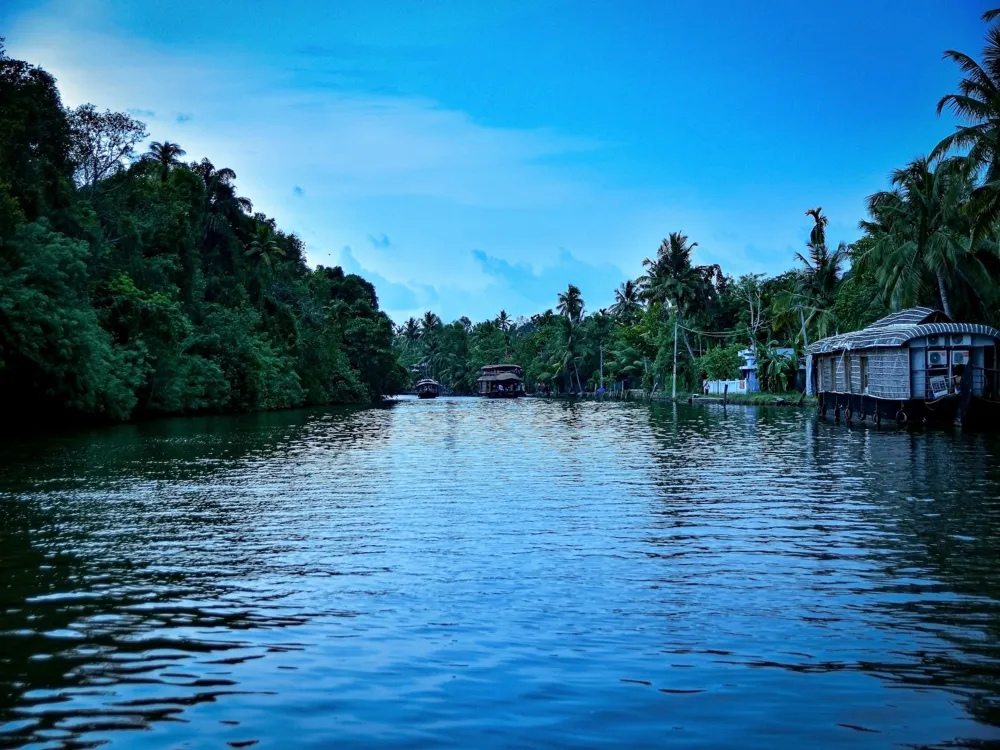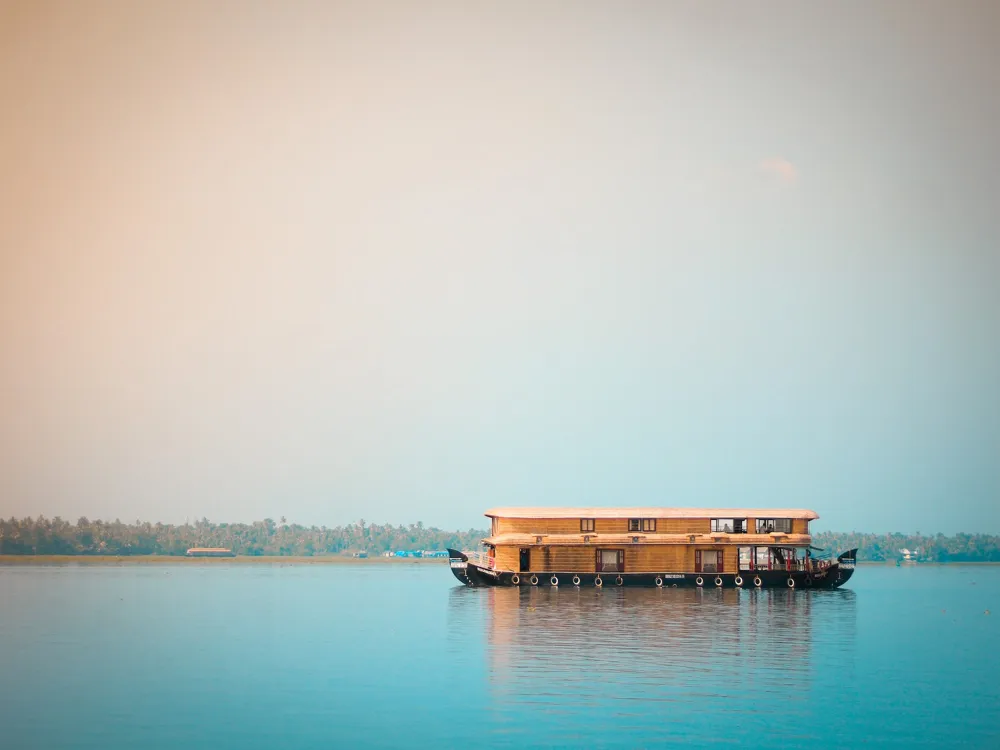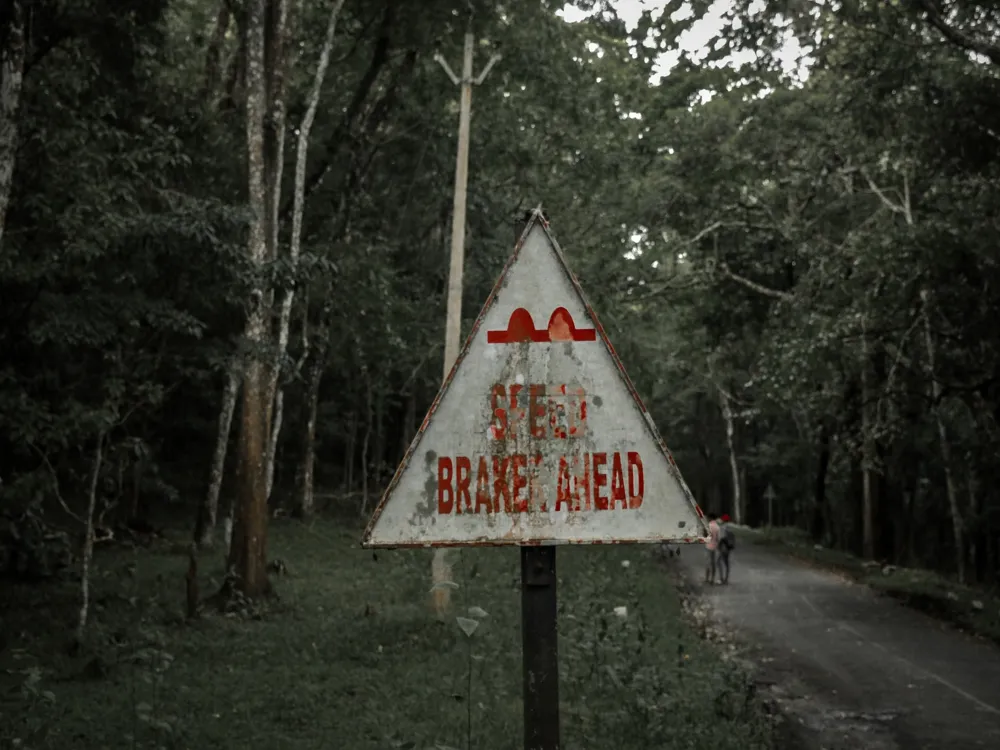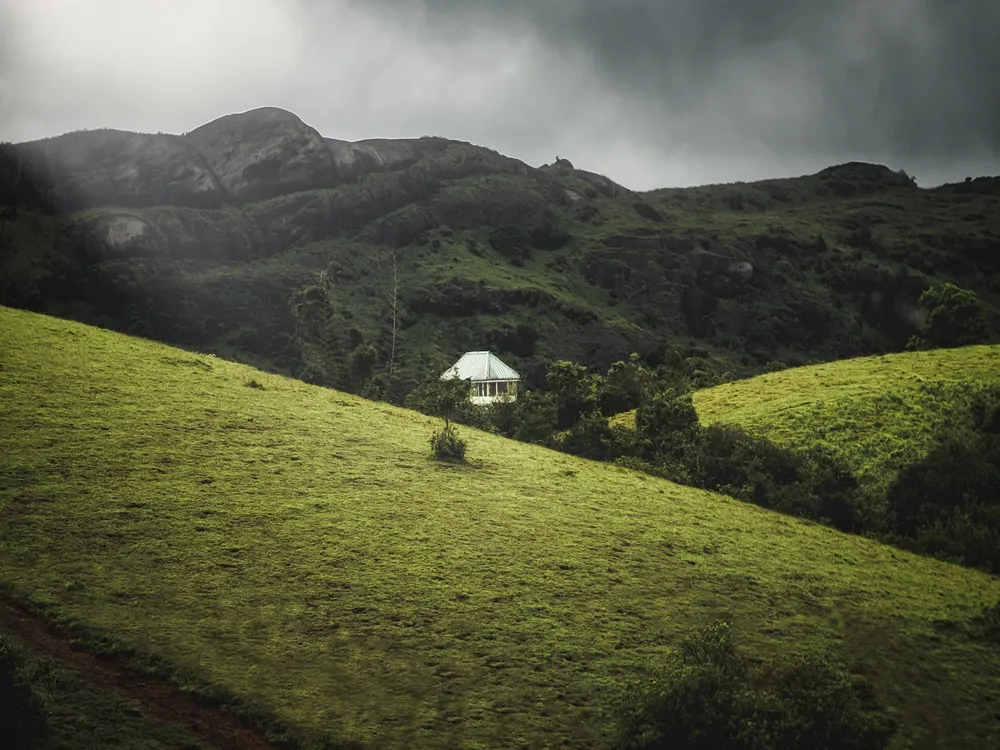Pallippurathu Kavu, a serene and spiritually significant temple, is nestled in the heart of Kottayam, Kerala. This ancient shrine, surrounded by lush greenery, stands as a testament to Kerala's rich cultural and religious heritage. The temple, dedicated to Goddess Bhagavathy, holds a special place in the hearts of the local community and attracts devotees from various parts of the state and beyond. It's not just a place of worship but a beacon of traditional Kerala architecture and a hub of cultural activities, making it a must-visit destination for anyone exploring the cultural landscapes of Kerala. The history of Pallippurathu Kavu is as fascinating as it is ancient, with roots stretching back several centuries. It is believed that the temple was established by the ancestors of the Pallippuram family, a prominent name in the region's historical narratives. Over the years, the temple has been a witness to the changing times, yet it has preserved its sanctity and traditional practices. The annual festivals held here, particularly the renowned 'Kavu Utsavam,' are a spectacular display of Kerala's ritualistic traditions and a true feast for the senses. The architecture of Pallippurathu Kavu is a splendid example of the traditional Kerala temple style, known for its unique and intricate designs. The temple's structure is a harmonious blend of beauty, spirituality, and natural elements, offering a tranquil and meditative atmosphere to its visitors. The main sanctum, dedicated to Goddess Bhagavathy, is an architectural marvel with its beautifully carved wooden doors, copper-plated roofing, and intricately designed gopuram (tower). As you step inside, the temple unfolds its majestic interiors adorned with mural paintings depicting scenes from Hindu mythology. The 'mandapam' or the temple hall is an exquisite piece of craftsmanship with wooden pillars that showcase the ancient 'Kerala style' of architecture. The temple complex is also home to smaller shrines, each with its unique deity and architectural charm. The integration of the temple with the surrounding natural landscape, including the sacred grove and the temple pond, adds to its ethereal beauty, making it a splendid example of eco-friendly architecture from ancient times. Visitors to Pallippurathu Kavu should adhere to a modest dress code, respecting the temple's sanctity. Traditional Indian attire is recommended. It's important to maintain the decorum of the temple, and visitors are advised to speak softly and move around quietly within the temple premises. The temple is open to devotees during specific hours in the morning and evening. It's advisable to check the temple timings before planning your visit. Participating in the rituals and poojas can be a spiritually enriching experience, but it's essential to follow the temple's customs and practices while doing so. Photography might be restricted in certain areas of the temple. Visitors should look for signage indicating photography rules or ask the temple authorities for guidance. Respecting these guidelines is crucial to maintain the sanctity of the temple. Pallippurathu Kavu is well-connected by road and can be easily reached from various parts of Kerala. The nearest major city is Kottayam, which is well-served by public transport, including buses and trains. For those traveling by air, the nearest airport is Cochin International Airport, from where you can hire a taxi or take a bus to Kottayam. Local taxis and auto-rickshaws are readily available in Kottayam for a convenient journey to the temple. Read More:Overview of Pallippurathu Kavu, Kottayam, Kerala
Architecture of Pallippurathu Kavu
Tips When Visiting Pallippurathu Kavu
Dress Code and Conduct
Temple Timings and Rituals
Photography Guidelines
How To Reach Pallippurathu Kavu
Pallippurathu Kavu
Kottayam
Kerala
₹ 24,670 onwards
View kottayam Packages
Kottayam Travel Packages
View All Packages For Kottayam
Top Hotel Collections for Kottayam

Private Pool

Luxury Hotels

5-Star Hotels

Pet Friendly
Top Hotels Near Kottayam
Other Top Ranking Places In Kottayam
View All Places To Visit In kottayam
View kottayam Packages
Kottayam Travel Packages
View All Packages For Kottayam
Top Hotel Collections for Kottayam

Private Pool

Luxury Hotels

5-Star Hotels

Pet Friendly







